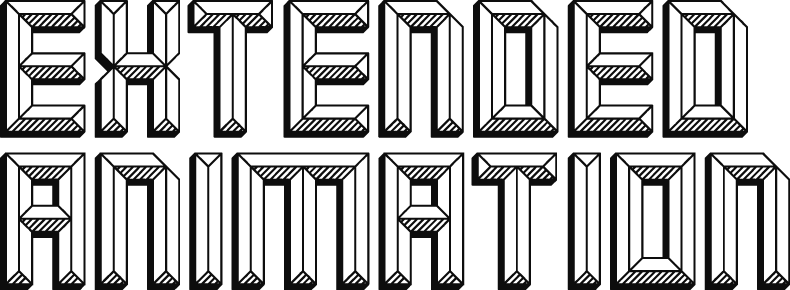The VR-otoscope emerged from a series of experimental workshops and artistic inquiries into animating with non-animation software, particularly Gravity Sketch. This initiative was a precursor to the Anamorphotrope installations and was also used as an instructional tool during the DOCTUS & Film EU RIT seminar at Lusofona University.

The core of the VR-otoscope process leverages Gravity Sketch’s AR function, a standard feature activated by a simple motion of the VR headset. When in AR mode, users can see their environment either in color (Quest 3) or black and white (Quest 2 and 1). This feature allows the sketch tool to rotoscope people or objects within the space, creating either two-dimensional shapes or three-dimensional forms by moving the arm in depth while drawing.
Capturing rapid movements can be challenging, so working with an actor or model is a less intense approach. The model assumes various poses sequentially, mimicking a stop-motion pixilation film. Each pose is traced and saved as a new layer, which can later be compiled into an animation sequence using compatible software like fbx files.
Initially implemented during the DOCTUS & Film EU_RIT PhD workshop in Portugal, the VR-otoscope format has proven to be a rapid method for initiating VR creations. The immersive experience is enhanced by blending the virtual and physical worlds through Gravity Sketch’s AR function. However, this blending also introduces unique challenges, particularly in collaborative settings.
The collaborative room feature of Gravity Sketch creates both a sense of connection and disconnection among users. Each VR headset’s tracking capabilities are unique, leading to varied orientations in the same physical space. This discrepancy causes a disconnect, with users perceiving VR objects and their positions differently in relation to the outside world. This observation opens up opportunities for further exploration of this disconnect, potentially extending the current PhD research.

Artistically, the animation frames generated during workshops can be revisited with an Expanded Animation mindset, combining them with techniques like 3D printing. These printed frames could be used for stop-motion animations or developing new tools. Additionally, the rotoscoping session could evolve into a group performance, where the same subject is viewed and animated from different perspectives. Externalizing the process, these frames could be sequenced using tools like Touchdesigner and video mapped onto an immersive projection setup, engaging both collaborating artists and the audience.






